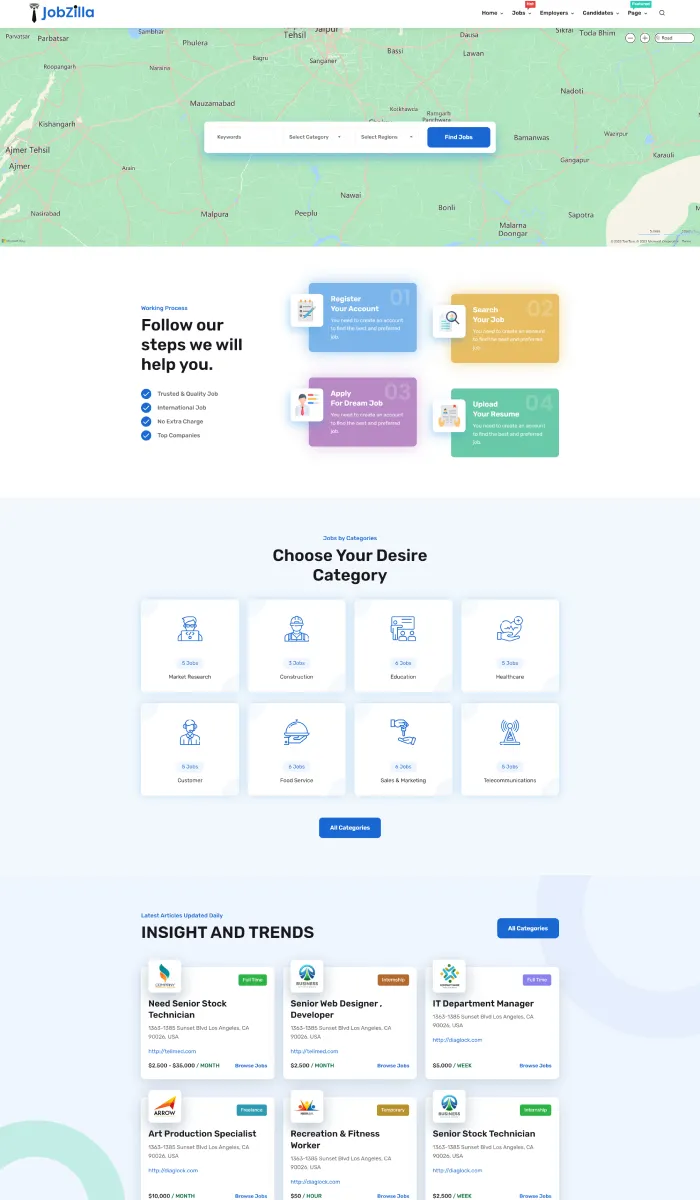Beyond the Crosswalk Discover Massive Payouts with the Chicken Road Game & Turn Skill into Cash
- From Feathered Friends to Digital Adventures: Can You Conquer the Chicken Road Crossing Game Challenge?
- The Enduring Appeal of Simple Games
- Understanding the Mechanics of the Chicken Road Crossing Game
- Strategies for Mastering the Game
- The Role of Sound and Visuals
- Variations and Evolution of the Genre
- The Future of Hyper-Casual Gaming
From Feathered Friends to Digital Adventures: Can You Conquer the Chicken Road Crossing Game Challenge?
The digital world offers a fascinating array of gaming experiences, and among the more lighthearted and engaging options is the chicken road crossing game. This simple yet addictive game has captured the attention of players of all ages, offering a quick burst of entertainment and a surprisingly strategic challenge. It’s a modern twist on the classic “why did the chicken cross the road?” joke, but with a digital, interactive element. The core concept revolves around guiding a chicken across a busy road, dodging obstacles, and earning points – quickly becoming a stress reliever and a small, fun game.
The Enduring Appeal of Simple Games
In a gaming landscape dominated by complex narratives and advanced graphics, it’s easy to overlook the power of simplicity. Games like the chicken road crossing game tap into a fundamental human desire for immediate gratification and easy-to-understand mechanics. There’s no lengthy tutorial or difficult controls to master – the game is instantly accessible, making it appealing to a broad audience. This accessibility is a key ingredient in its viral success.
The addictive nature of these games often lies in their challenge-reward loop. Each successful crossing provides a small dopamine hit, encouraging players to try again and again to beat their high score. The increasing difficulty, with faster traffic and more obstacles, keeps players engaged and motivated. It’s this combination of simplicity and challenge that makes the chicken road crossing game so captivating.
Moreover, these games are often perfect for short bursts of play – ideal for commutes, waiting rooms, or simply a five-minute break. Their low time commitment makes them a convenient form of entertainment for busy individuals. The satisfaction of guiding a pixelated chicken safely across the road holds a universal appeal.
| Game Feature | Description |
|---|---|
| Gameplay | Guide a chicken across a busy road avoiding traffic. |
| Objective | Reach the other side without being hit by vehicles. |
| Difficulty | Increases with each successful crossing. |
| Reward | Points awarded for each successful crossing. |
Understanding the Mechanics of the Chicken Road Crossing Game
While seemingly basic, the mechanics of a typical chicken road crossing game involve several elements. Typically, players use simple controls – often taps or swipes – to control the chicken’s movement. Timing is crucial; players need to anticipate gaps in traffic and move the chicken accordingly. Successfully navigating the road earns points, and the game often includes power-ups that offer temporary advantages, such as increased speed or invincibility.
The pacing of the game often accelerates, introducing more vehicles and obstacles, demanding quicker reflexes and strategic thinking from the player. Some versions introduce different types of vehicles and environmental hazards, adding further complexity. The randomness of traffic patterns ensures that no two games are identical, contributing to the replayability. The simplicity of the controls masks a surprisingly deep layer of skill, as mastering the timing and predicting traffic becomes essential for success.
Game developers are constantly refining these mechanics, adding new features and challenges to keep the gameplay fresh and engaging. Some games incorporate leaderboards and social features, allowing players to compete for the highest scores and share their accomplishments. Ultimately, the core mechanics remain remarkably consistent – a testament to their enduring appeal.
Strategies for Mastering the Game
Becoming proficient at the chicken road crossing game isn’t just about luck; it requires strategy and practice. One effective technique is observing traffic patterns, identifying recurring gaps, and timing your movements accordingly. Rather than reacting to the traffic, aim to predict it. This requires a moment of pause to observe the flow before committing to a crossing. Another useful tactic is to take advantage of any power-ups that become available, using them strategically to maximize their impact.
Furthermore, recognizing that each game is unique and adapting your strategy based on the specific traffic conditions is essential. Don’t rely on a single, fixed approach. Pay attention to the types of vehicles and their speed, adjusting your movements accordingly. It’s also helpful to avoid rushing and to prioritize safety over speed—a reckless crossing is more likely to end in disaster.
Finally, regular practice is key to improving your reflexes and developing a sense of timing. The more you play, the more intuitive the game becomes, and the better you’ll be at anticipating traffic and executing successful crossings. Perseverance is key, even amidst inevitable collisions!
The Role of Sound and Visuals
Sound and visuals play a surprisingly important role in enhancing the gaming experience. Upbeat and energetic music can create a sense of excitement and encourage players to stay engaged. Sound effects, such as the honking of horns or the squawk of the chicken, add to the immersive quality of the game. The visual design of the game, including the appearance of the chicken and the traffic, can also contribute to its overall appeal.
A well-designed user interface is crucial for ensuring that the game is easy to navigate and control. Clear, concise graphics and responsive controls make the gameplay more enjoyable. Animated elements can add visual flair and help to create a more dynamic experience. Developers are increasingly experimenting with different visual styles, from simple pixel art to more elaborate 3D graphics, to appeal to a wider range of preferences.
The synergistic effect of compelling visuals and engaging sound elevates the game from a simple time-killer to an immersive and captivating experience, encouraging repeat play sessions and positive word of mouth.
Variations and Evolution of the Genre
The basic premise of the chicken road crossing game has spawned numerous variations and spin-offs. Some games introduce different characters, such as frogs, pigs, or even cars, replacing the chicken as the protagonist. Others add new obstacles, such as trains, buses, or construction vehicles, increasing the difficulty and challenge. Many developers experiment with different game modes, such as time trials or endless mode, to offer players a variety of experiences.
The core concept has even been integrated into larger games as a mini-game or side quest. This demonstrates the versatility of the gameplay and its potential to appeal to a broader audience. The use of different themes and settings, such as a farm, a city, or a jungle, further enhances the variety of the genre. The ability to customize the chicken or the environment adds a personal touch and encourages players to become more invested in the game.
As technology continues to evolve, we can expect to see even more innovative variations of the chicken road crossing game emerge. Virtual reality and augmented reality are potentially exciting avenues for further development, offering players an even more immersive and interactive experience.
- Simple controls for easy accessibility
- Addictive challenge-reward loop
- Perfect for short play sessions
- Universal appeal
- Observe traffic patterns carefully.
- Time your movements precisely.
- Utilize power-ups strategically.
- Adapt your strategy to different conditions.
- Practice consistently.
The Future of Hyper-Casual Gaming
The success of the chicken road crossing game exemplifies the growing popularity of hyper-casual gaming. This genre is characterized by its simplicity, accessibility, and focus on immediate gratification. Hyper-casual games are often designed to be easily playable on mobile devices, and they typically feature minimal instructions or tutorials. The low barrier to entry makes them attractive to a vast audience.
The hyper-casual gaming market is highly competitive, but successful games can generate significant revenue through in-app advertising and in-app purchases. Developers are constantly seeking new ways to innovate within this genre, exploring different themes, mechanics, and monetization strategies. The emphasis on data-driven design ensures that games are continually optimized for player engagement and retention.
The future of hyper-casual gaming is likely to be shaped by advancements in mobile technology, such as 5G connectivity and improved processing power. The rise of cloud gaming could also open up new opportunities for developers to create more sophisticated and immersive experiences, while retaining the core tenets of simplicity and accessibility. The genre will continue to supply accessible entertainment to players worldwide.

























